[Source: Orange County Register] Earth Day is April 22, so we look at California’s role as an environmental leader and how the state ranks.
The first fight
The beginning of the national grass-roots environmental movement goes back to a fight by John Muir and the Sierra Club that failed to prevent the construction of the Hetch Hetchy reservoir. Muir and the Sierra Club tried to rally support across the U.S. from 1901 to 1913 to preserve the Hetch Hetchy Valley, which now lies 306 feet below water. The valley was said to be as beautiful as, albeit slightly smaller than, the Yosemite Valley. Muir called Hetch Hetchy “a wonderfully exact counterpart of the great Yosemite.”
The dam construction was completed in 1923 and began providing water and power to San Francisco. It continues to provide both today.
Environmentalists may have lost the battle at Hetch Hetchy, but the fight gave birth to the ongoing national debate over the competing claims of wilderness advocates and developers.
This 1840 painting by Albert Bierstadt shows the Hetch Hetchy Valley.
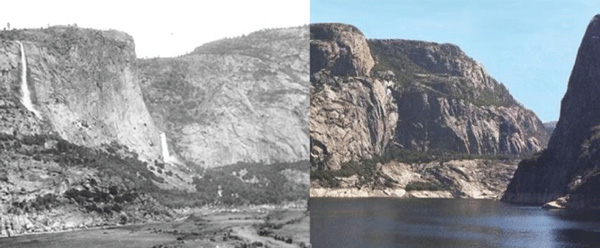
First in the nation
Yosemite was the first area set aside for preservation by an action of the federal government in 1864. California has the nation’s largest state park system, with 280 park units. The system has 340 miles of coastline, 970 miles of lake and river frontage, 15,000 campsites, and 4,500 trails.
Green party members
One doesn’t have to be a member of the Green Party or drive a Prius to be an environmentalist, but California does lead the nation in the number registered Green Party voters and sales of zero-emission vehicles.
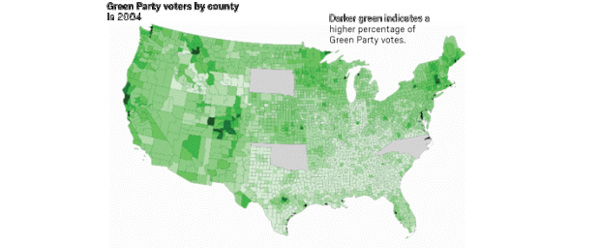
Clean cars
California has the largest market share of zero-emission vehicles July-April 2016:
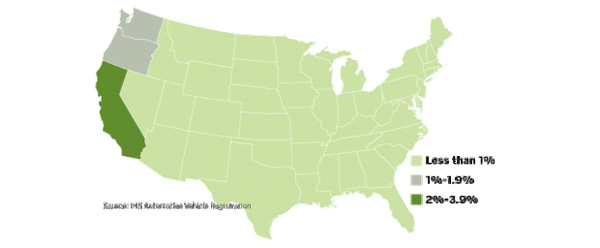
Global warming beliefs
According to the Yale Program on Climate Change Communication’s 2016 surveys, the percentage of Californians who believe global warming is mostly caused by human activities is the highest in the nation. The national average is 53 percent; California’s is nearly 60 percent.
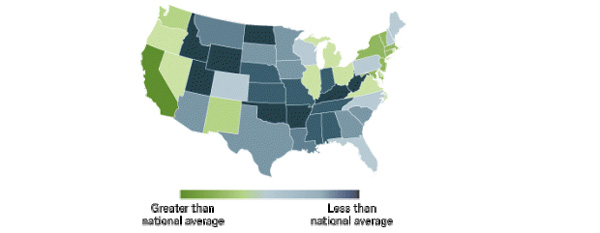
Being green
Forbes’ 2007 ranking of the greenest states put California 14th. The ranking was based on carbon footprint, air quality, water quality, hazardous-waste management, policy initiatives and energy consumption.
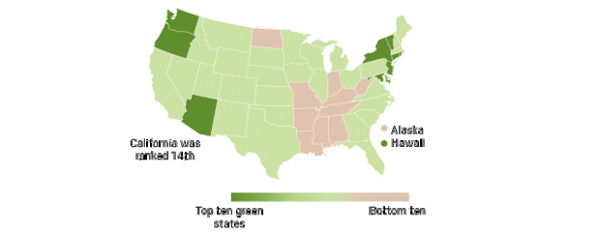
Walking the walk?
The environmental quality index created by the Environmental Protection Agency for all U.S. counties shows that in fact, most California counties do not rate very high. The index is based on hundreds of variables in five areas: air, water, land, sociodemographics and built environment.
High percentiles suggest worse environmental quality.

Sources: California Park Service, Green Party, EPA, Forbes, Ballotpedia.org, Sierra Club, Earthday.org
Source: Orange County Register
Published: April 21, 2017


